evolution
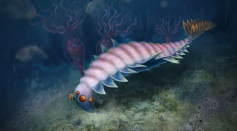
Recent 'Weird Wonder' Findings Served Chunk Evidence to Anthropoid Etymology
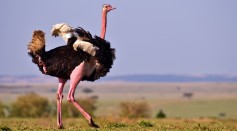
Not All Birds Can Fly: Take a Look at How These Feathered Critters Use Their Wings on Land
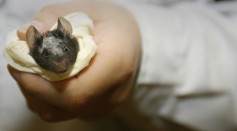
Stem Cells, Gene Editing Used in New Technique to Reveal How Animals Evolve
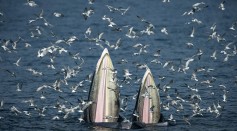
Bigger Animals Consume Lesser Food Than Small Ones: Scientists Explain How This Could Be Possible
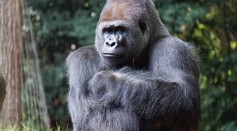
Inner Ear Canal Gives Paleontologists Insights on Mammal Evolution
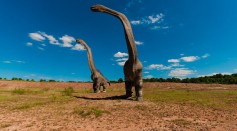
Plant Evolution Changes After Dinosaur Extinction Due to Absence of Large Herbivores, Study Claims
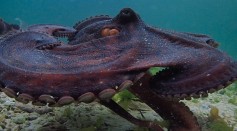
Squid and California Two-Spot Octopus Have Unique Genome Traits Enabling a Cephalopod to Break Away From Known Evolutionary Pattern, Studies Claim
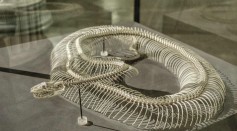
Did Snakes Lose Their Limbs Due To Evolution? Armless Fossil Shed Light on the Earliest Reptile That Evolved Without Legs

Supermountains Thrice the Size of Himalayas Supercharged Evolution of Early Life on Earth

Human Evolution: Scientists Believe We Never Stop Evolving; Predicts How People Will Look in the Future
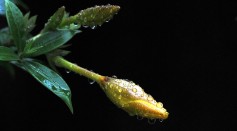
130-Million-Year-Old Fossilized Flower Bud Could Answer Charles Darwin's 'Abominable Mystery' of How They Evolved

Iron Essential For Complex Life Evolution On Earth and in Space, Study Says
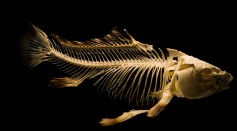
Ancient Big-Headed Fish May Be the Key to Evolution, Brain Scans Show They Left Water to Invade Land
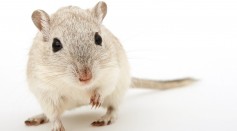
Evolution of Mammalian Face: How Did Mammals Develop Flexible Noses That Gave Them Strong Sense of Smell?
Most Popular

Study Reveals High Turnover in Scientific Research Careers: What This Means for Future Scientists

How Technology Is Changing the Real Estate Industry?

How a Plant-Based Diet Can Protect Against Breast Cancer: Insights from Nutrition Research

Practical Steps to Future-Proof Your Money to Create Financial Security

![Mutating Lizards Rock Evolution by Developing New Scales, Claws to Cling to Smooth, Man-Made Surfaces [Study]](https://1721181113.rsc.cdn77.org/data/thumbs/full/44220/547/341/50/40/mutating-lizards-rock-evolution-by-developing-new-scales-claws-to-cling-to-smooth-man-made-surfaces-study.jpeg)




